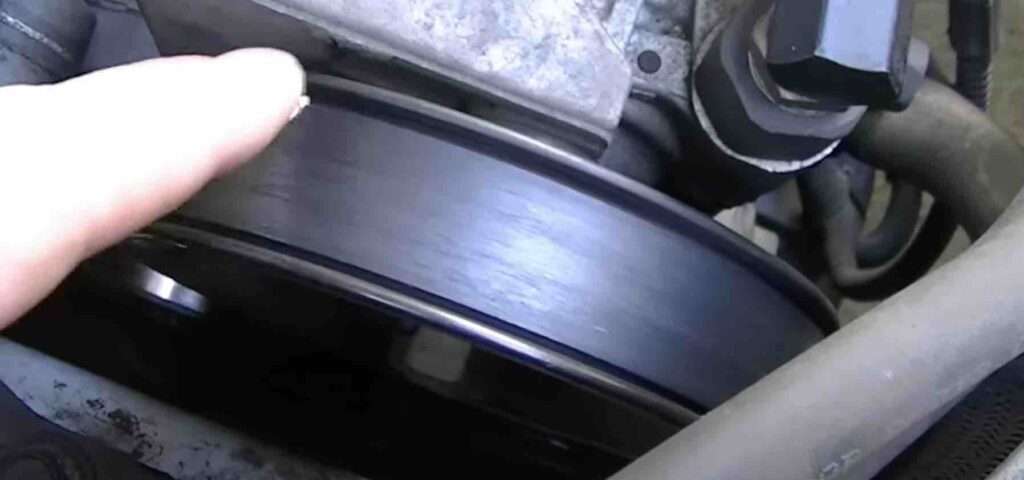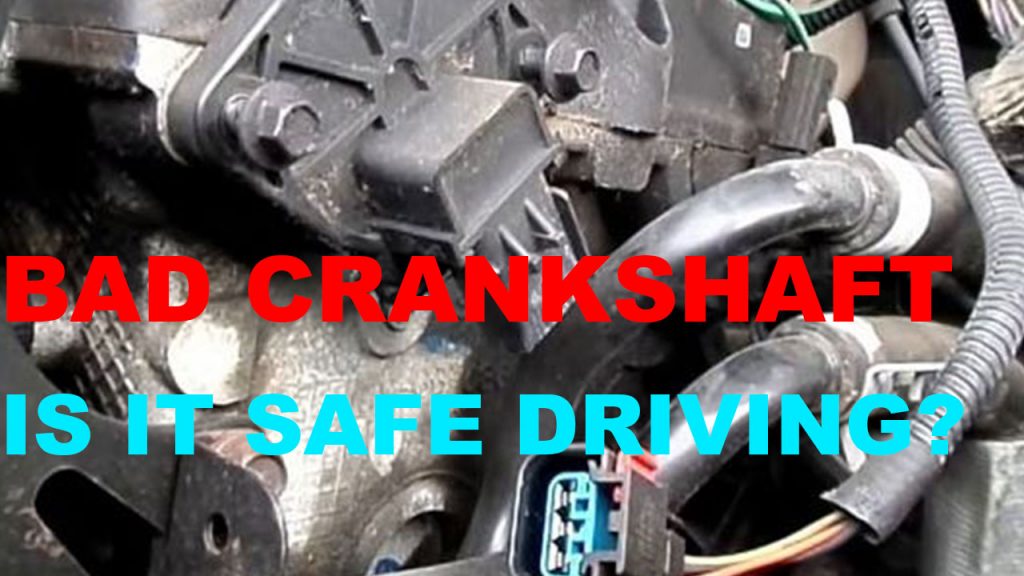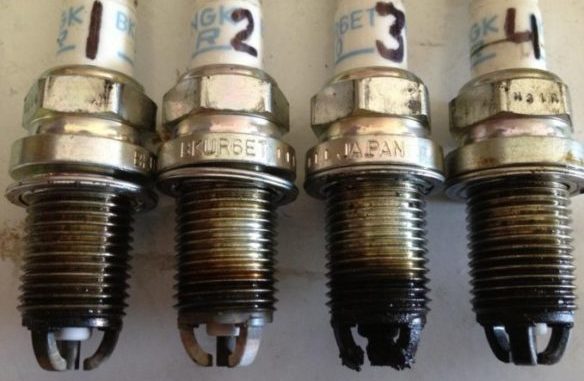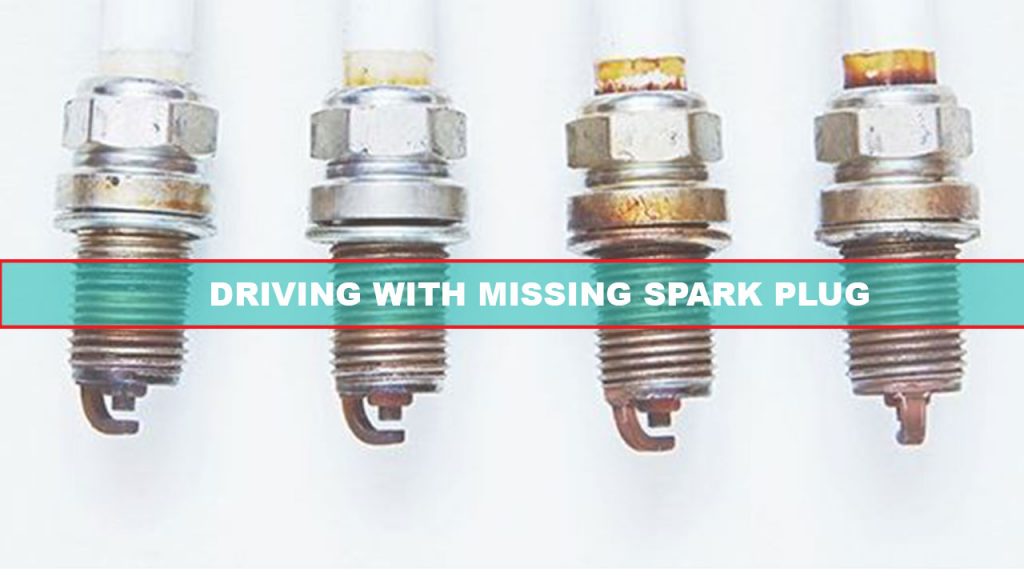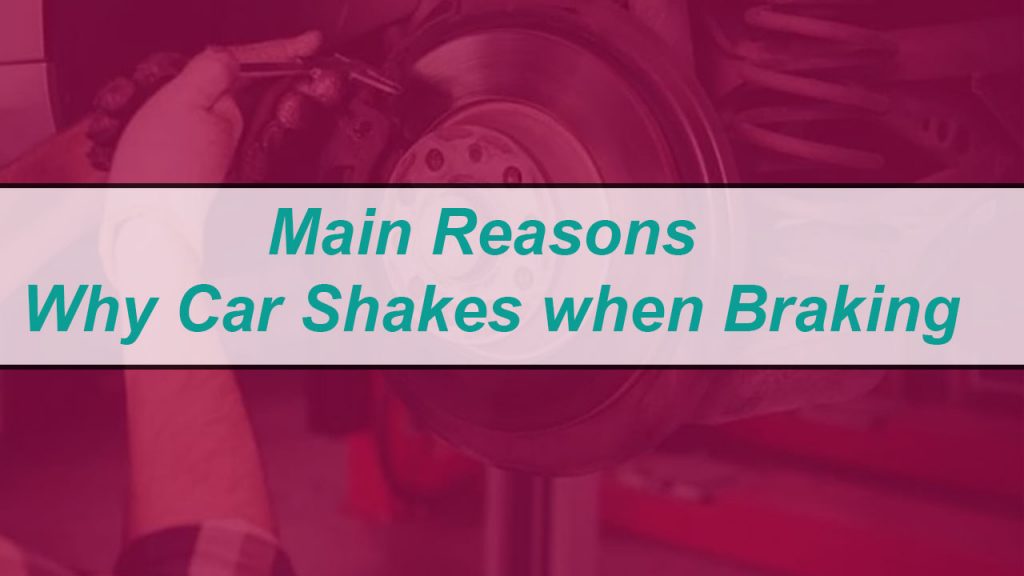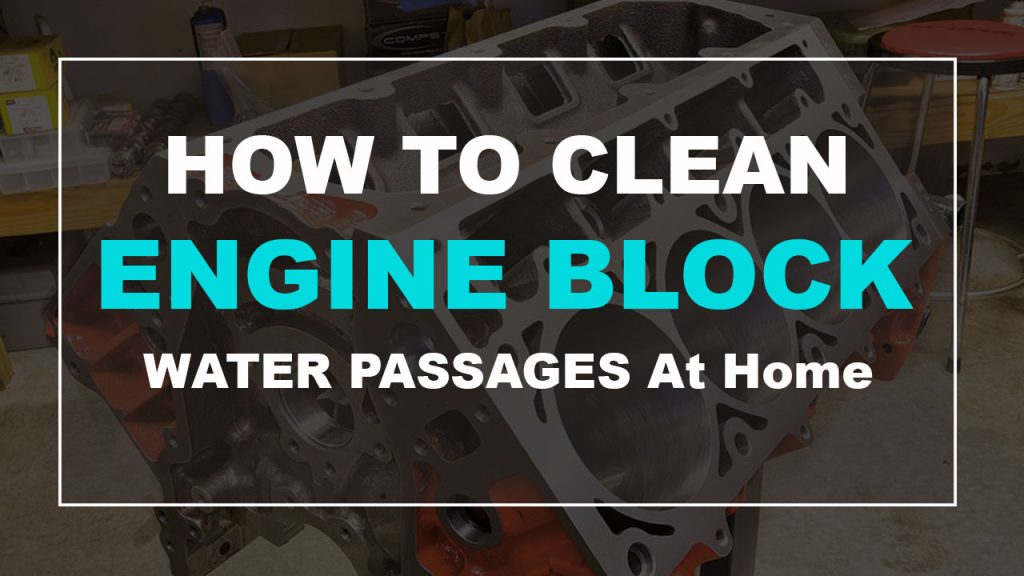Last updated on July 28th, 2023 at 03:40 pm
When it comes to how to fix a squeaky belt with soap, a lot of people do know it is possible to fix a squeaky belt with soap, and yet others are skeptical. Fanny enough using soap to fix a squeaky belt is actually an effective and accessible home remedy for common squeaky belt issues.
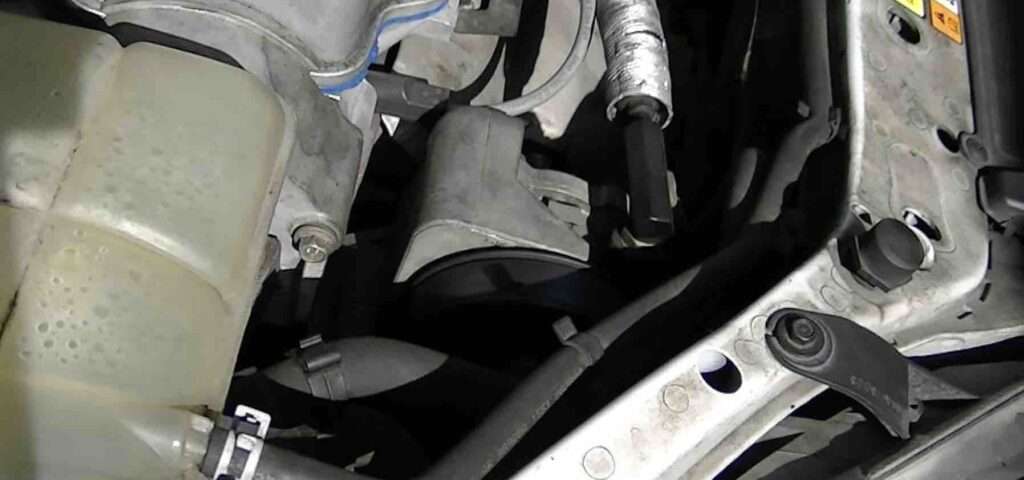
What can I put on belt to stop squeak?
If you are faced with the question “What can I put on a belt to stop its squeak? ” then one really simple and cost-effective option involves using soap as a lubricant between whatever caused the squeak. Typically squeaks are commonly due to your drive belt, and timing belt friction; so using soap can help provide or reduce the friction between these parts which is what is making the squeaky noises.
Simply breaking off a large chunk from your soap bar and rubbing it gently against both the sides and bottom of your car belts will do the trick. Try to rub the soap on the belt until the soap forms an even thin film on it. This helps it change its surface properties which is what decreases the friction and squeaky noise significantly.
Alternatively, you can purchase a belt dressing from here and it will also provide the needed solution. Applying this commercially designed product for belt dressing will help enhance the belt grip while simultaneously diminishing any form of squeaking noises.
Please note that these fixes should only ever be seen as temporary solutions; persistent squeaking could indicate more serious problems like worn or misaligned belts that need professional mechanics’ intervention to repair properly. So keep that in mind.
Related: How to Diagnose Serpentine Belt Noise
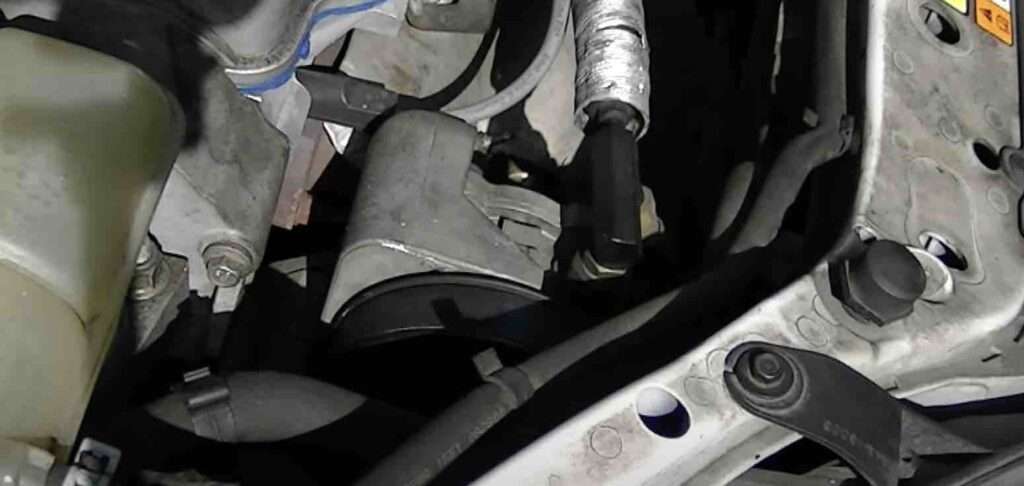
Does soap stop a squeaky belt?
So yes if you have ever asked yourself the question, does soap stop a squeaky belt? The answer is absolutely yes. This soap acts as a lubricant for friction that often causes squeaks.
How to fix a squeaky belt with soap
Step 1: Establish the Source of Noise
First and foremost, you have to identify where an irritating squeaky noise is coming from and you do that by starting your vehicle after you have opened your car bonnet and then come out of the car and try listening carefully for the source of the squeaks. – Most commonly as I said before, it will be an accessory drive belt or a timing belt that’s making noise; these belts tend to be visible in a car hood for easy inspection.
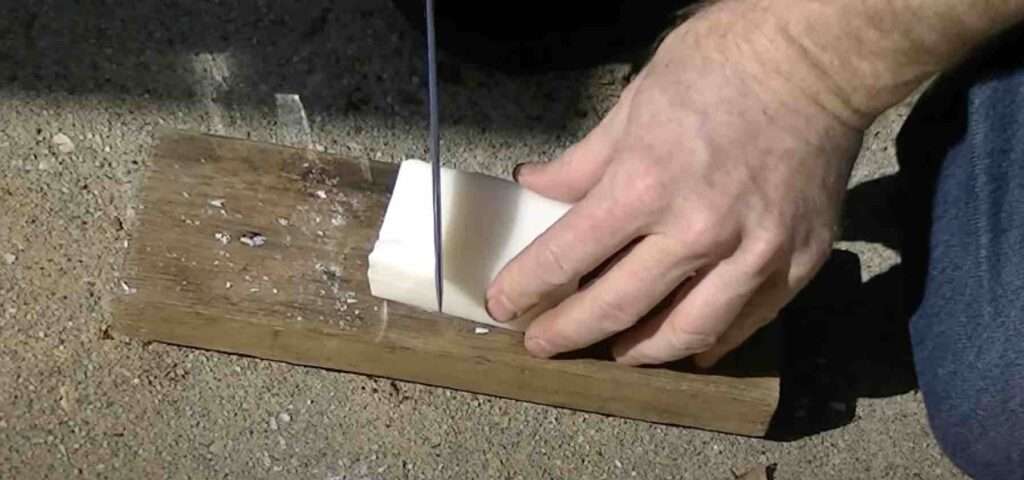
Step 2: Get your Soap and Materials needed
All that should be necessary for this step is some form of household soap and a knife to cut the soap. Mind you any kind of soap should work just fine so find what is easiest to source around.
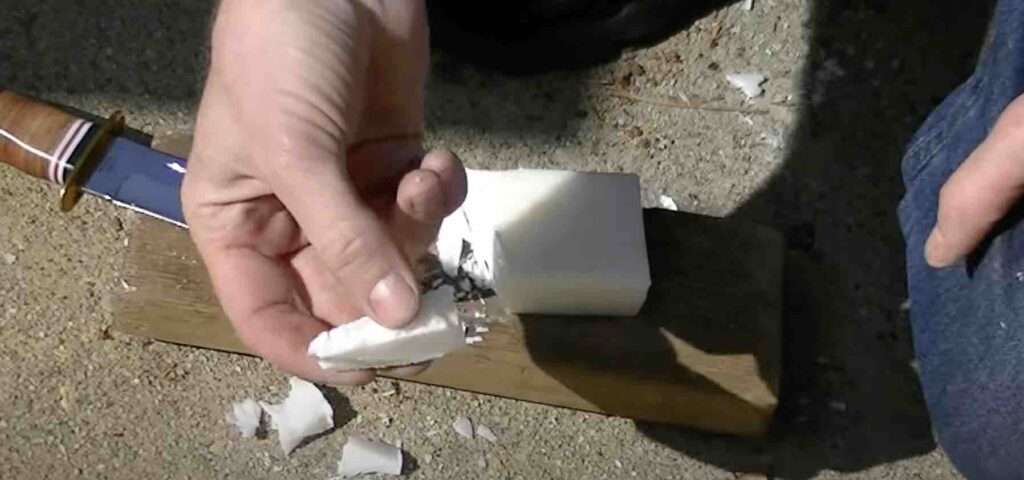
Step 3: Prepare Soap
At this point, you want to cut a large enough chunk from your soap bar so as to comfortably attach to your belt while not dropping any pieces into your engine compartment. A standard kitchen knife may work, though care must always be exercised when handling sharp objects such as knives.
Step 4: Locating the Belt
Now return to your vehicle and locate the accessory drive belt that has come loose from its slot in the engine compartment. It should look similar to an endless rubber band with a smooth top and grooved underside that wraps around various pulleys in its path; for assistance locating this piece refer to either your owner’s manual or online sources for guidance.

Step 5: Apply Soap
To apply soap, rub your piece against the belt from all angles – especially where it contacts with the pulley and into any grooves within it – focusing especially on where friction causes noise squeaks to stop. Don’t worry too much about messiness; the purpose here is simply to create an even layer that reduces friction that causes noise squeaks.
Step 6: Rotate the Belt
Following your initial soap application, it is now time to rotate your belt in order to expose untreated sections. For this step, briefly start up your car’s engine, as this will cause its pulleys to rotate, which in turn moves the belt and brings untreated areas closer. Be sure to turn it off once completed before moving on with further steps!
Step 7: Reapply Soap
You have to reapply the soap now that the belt’s position has changed, repeat the soap application process by carefully massaging all sides and grooves with soap to apply evenly across its entirety. Depending on its size and your ability to spread it around evenly, repeat steps 6 and 7 multiple times until everything looks even.
Step 8: Start Your Vehicle
When you are sure that you have covered every inch of belt possible, it is time to test the results of your work by starting up the vehicle again and listening carefully; if any squeaks or noise have subsided significantly or disappeared completely – congratulations, as this means you have successfully reduced squeaky noise polluting your mind.
Once your issue has been addressed, take pleasure in driving again with peace and silence! Keep in mind, however, if squeaks recur or further issues emerge such as misalignments in pulley alignment or worn belts require professional intervention for repair.Note: Make sure your hands and any tools used during this process are thoroughly washed after every use for optimal performance. So that is how to fix a squeaky belt with soap and also discussed the question does soap stop a squeaky belt?And finally, we highlighted 2 product use for fixing squeaks when addressing

